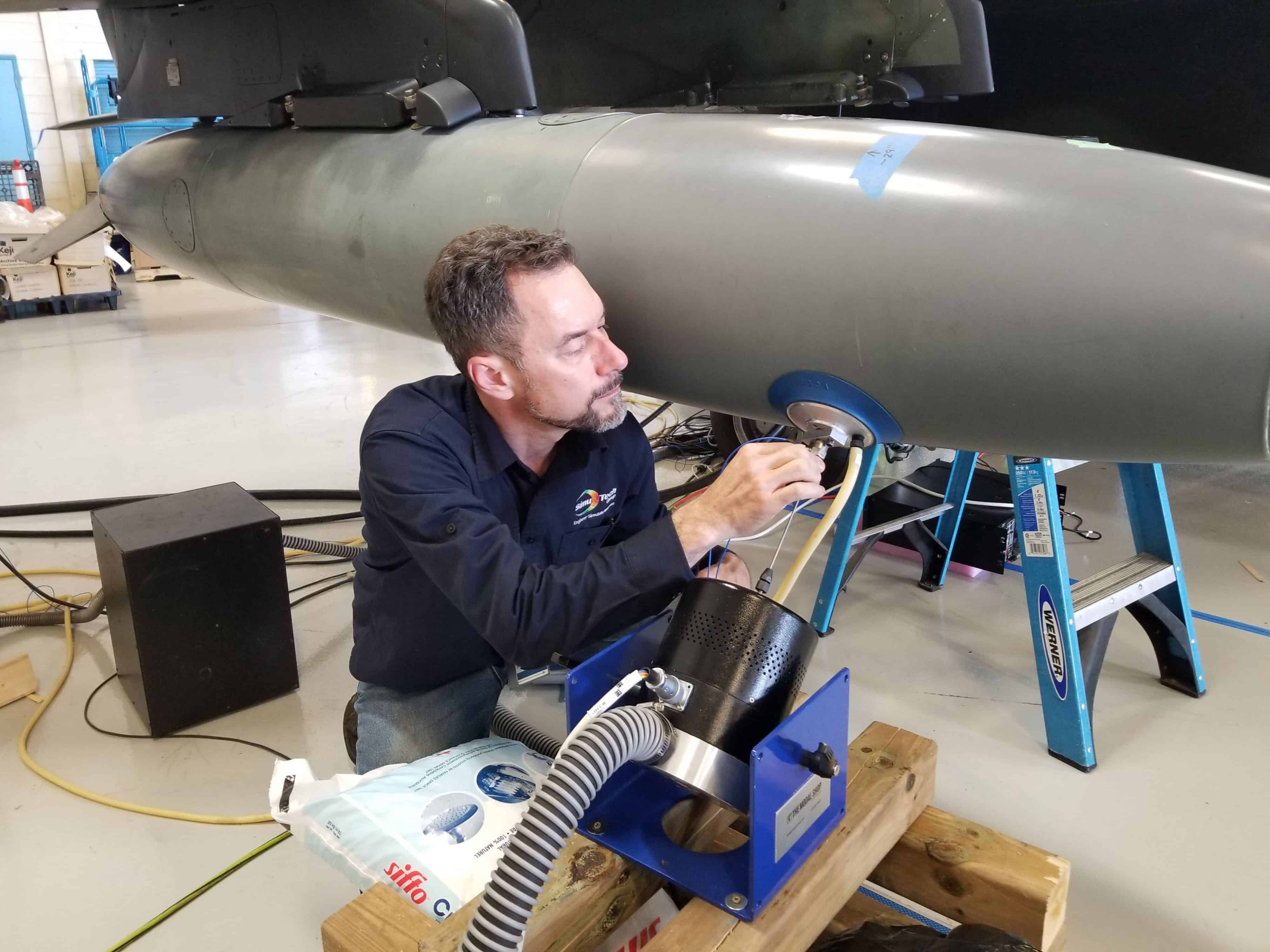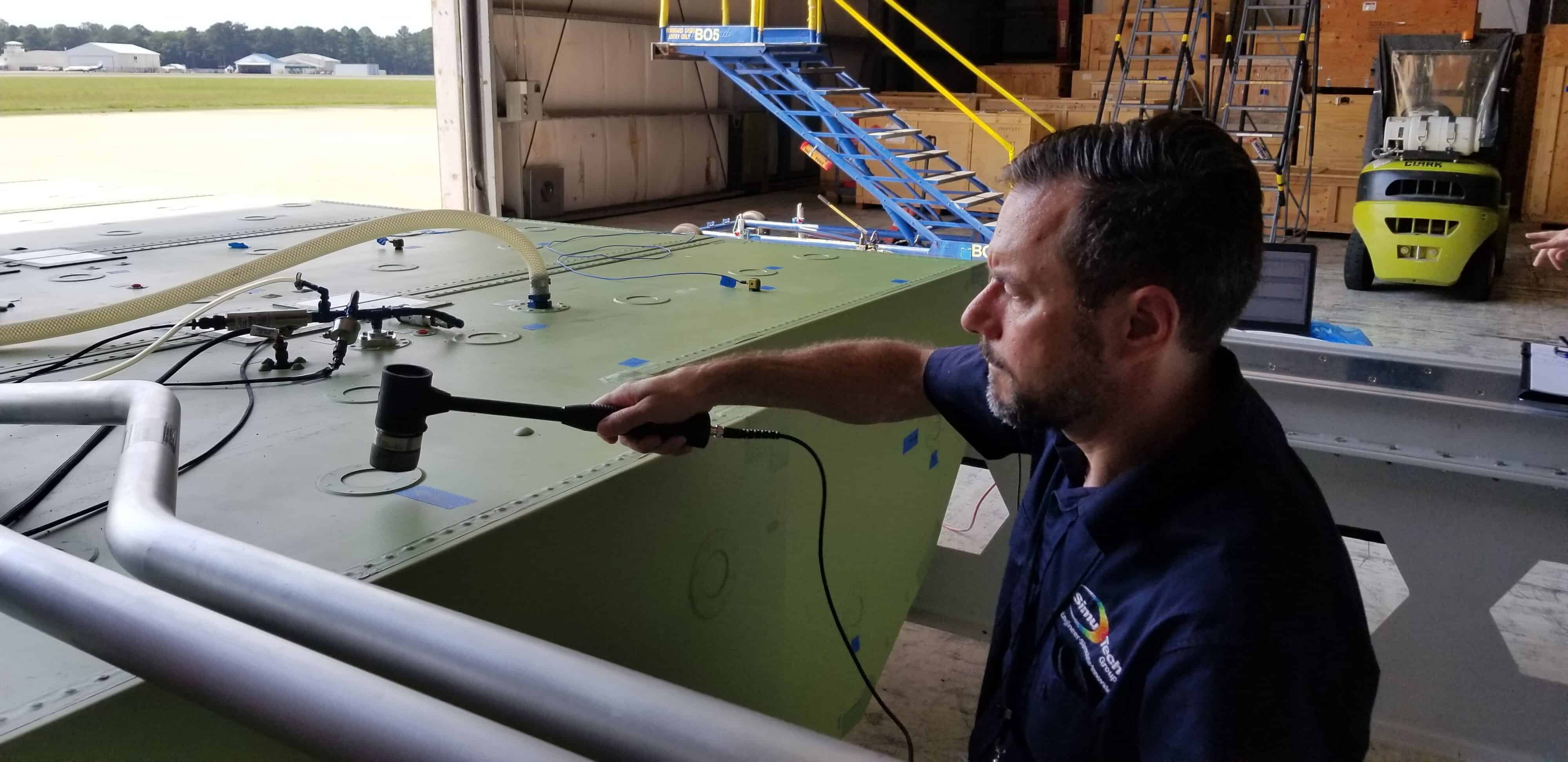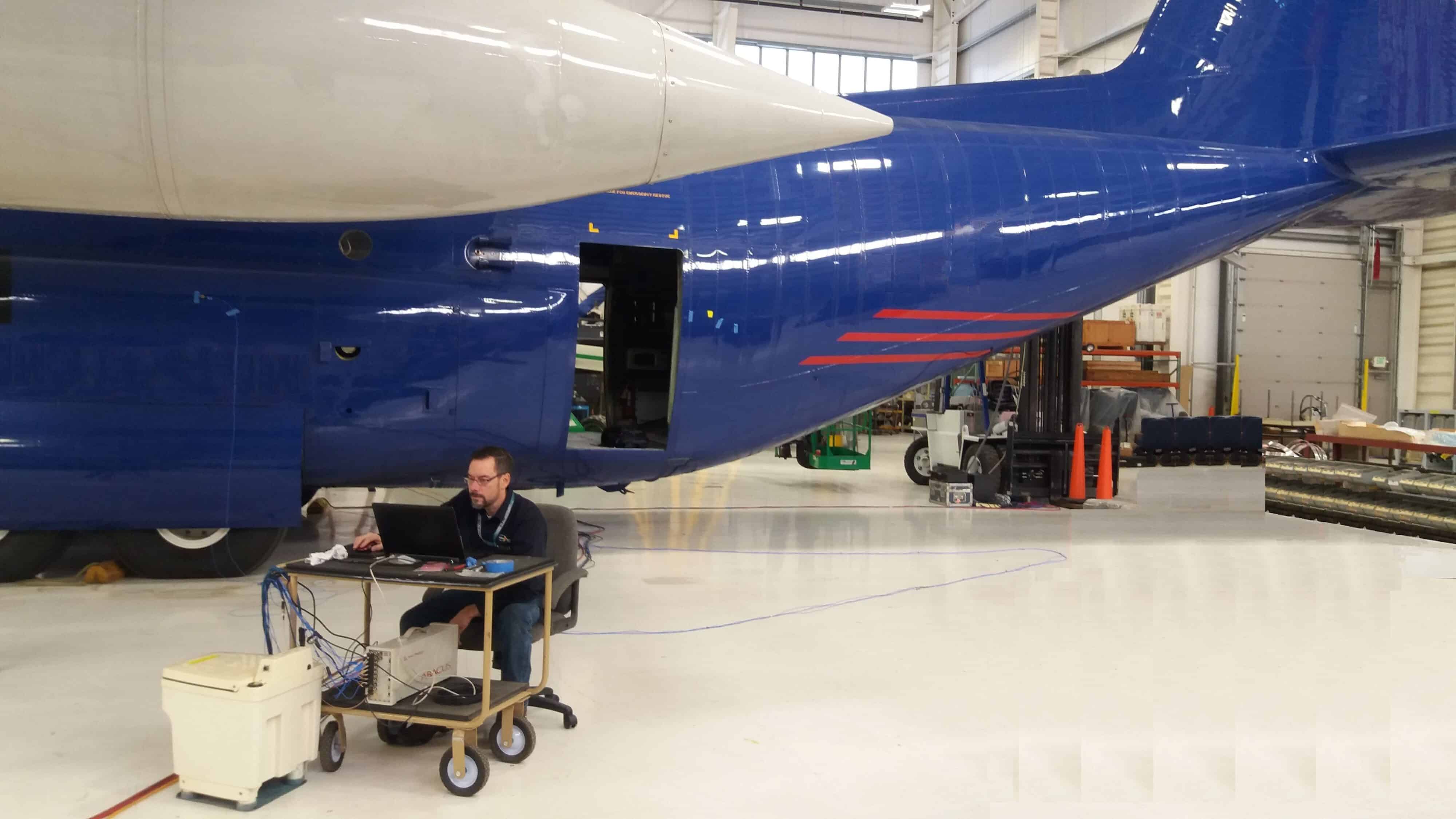The accelerometer is the most prevalent sensor for measuring stress and vibration in the engineering world.
Accelerometers are mounted directly to the vibrating structure (or inside of it) and, in response to acceleration, proportionally convert mechanical energy to electrical energy. The gravitational constant, or “g,” is used to describe acceleration.
Its value is 9.81 m/s2. The three primary categories of accelerometers are:

The most common and frequently utilized kind of accelerometers in industrial settings are piezoelectric accelerometers.
They frequently employ lead zirconate titanate (PZT) sensing components, which generate an electric charge or output when subjected to acceleration. In all vibration and the majority of shock applications, piezoelectric accelerometers outperform capacitive MEMS or piezoresistive accelerometers due to their extremely low noise levels.
Piezoelectric accelerometers can be triaxial or single axis, have sensitivity ranging from high for seismic applications to low for shock testing, and even have some varieties that can withstand harsh environments like nuclear. Due to their AC coupling, piezoelectric accelerometers cannot monitor the gravity vector or persistent accelerations, which is a significant drawback.
Due to their inherent decay characteristics, this also inhibits the engineer from integrating the data for velocity or displacement information (although it can be integrated for higher frequency vibration). But once more, due to their performance advantages, piezoelectric accelerometers are frequently chosen for industrial testing applications.
Due to the high demand for piezoelectric accelerometers, a wide range of businesses sell them, including Meggitt’s Endevco Corporation, PCB Piezotronics, Bruel & Kjaer, and Dytran. A piezoelectric accelerometer will often cost more than $1K, and have lengthy lead times of more than 4 weeks.
Capacitive accelerometers are most commonly referred to as MEMS (micro-electro-mechanical systems) accelerometers. Just the fabrication technology is called MEMS. Capacitive accelerometers, however, have entered the mainstream thanks to this fabrication process! Capacitive MEMS accelerometers are the type found in your smartphone, and they are by far the smallest and cheapest options for accelerometers.
Capacitive MEMS accelerometers are the favored option for electrical engineers since they can be installed directly on printed circuit boards. Moreover, capacitive MEMS accelerometers are popular because of their tiny size and low cost (usually less than $10), but their data quality is substantially worse overall, especially at higher frequencies and amplitudes. In general, they shouldn’t be used for industrial applications.
However, they are DC coupled and a fantastic choice for applications involving Consumer Products. They are a smart choice for health monitoring because to their inexpensive cost and low power consumption.
Accelerometers made of capacitive MEMS are very simple to buy and have quick lead times. However, using one calls for some electrical design on your part. Currently, Analog Devices, Bosch Sensortec, and InvenSense are the top producers of capacitive MEMS accelerometers.
The best type of accelerometer for shock testing is piezoresistive.
Piezoresistive accelerometers have a very wide bandwidth (0 hertz to several thousand hertz), low noise characteristics, and are strain gauge based, hence they need amplifiers and temperature compensation.
Gas or liquid damping is an option for piezoresistive accelerometers, which protects the device and keeps it from resonating inside. They can be integrated to determine velocity and displacement during shock occurrences because they are DC linked, which allows for this.
Nevertheless, piezoelectric accelerometers are chosen for vibration testing even if they are the best Sensor Selection 10 of 70 type for shock testing.
Piezoresistive choices are provided by the same businesses that sell piezoelectric accelerometers. Additionally, piezoresistive accelerometers frequently cost more than $1K each and have lead times of more than 4 weeks. This is another reason why ad-hoc engineering consulting services are the most cost-effective option.
Vibration meters provide real-time vibration analysis in a portable device so that field workers may make timely maintenance choices. They either connect to a conventional accelerometer by cabling, while others actually integrate the accelerometer into the unit itself, reducing complexity and wiring needs.
While RMS and peak-to-peak levels are provided in real time by vibration meters, lengthy duration events are often not loggable by them (you might have access to the previous couple thousand points for some analysis).
Additionally, they frequently feature a rating algorithm to determine how much vibration your bearing or machine is producing overall. Unfortunately, the cost of the accelerometer may not always be included in the purchase of the vibration meter, which might cost up to $1K itself. Again, this may be why ad-hoc engineering consulting services are the most cost-effective option for your particular team.
A vibration meter is generally not your best solution if you want to perform further in-depth vibration analysis or shock testing. A vibration meter, however, is incomparable for quick go/no-go vibration testing of a piece of machinery. Engineers at SimuTech Group frequently use custom-made vibration meters, which are the industry leader in both hardware and software.
Using a data recorder for shock and vibration measurement is a frequently disregarded choice. It combines the data acquisition system, power, and memory with the accelerometer into a single bundle.
The choice that engineers who require simplicity of usage and portability. Although they can be viewed as basic data loggers, apps on your smartphone typically have a 100 Hz maximum sample rate and low data quality.
Superior data loggers, such as the S4 line from enDAQ (previously Slam Stick X), successfully span the Sensor Choice 12 of 70 higher resolution sensor into more costly shock and vibration measurement systems superior piezoelectric accelerometer as opposed to capacitive MEMS, which is more affordable.
Please note that the majority of vibration data recorders contain accelerometers. Compared to creating your own vibration measurement system, shock and vibration data recorders often offer a far quicker lead time (a few days) and lower cost ($500 to $2K).
Shock and vibration data loggers are made by many different businesses, and there are many different alternatives.
Displacement sensors measure the displacement of a vibrating structure, in contrast to accelerometers, which are the most widely used device for measuring shock and vibration.
Integration/differentiation is used to calculate the relationship between displacement, velocity, and acceleration (here’s a calculator for basic harmonic motion applications).
These have the drawback of assessing the relative motion of two structures. Because a fixed mounting and space between the sensor and equilibrium position of the vibrating structure are needed, these are almost impossible to utilize in the field.
They may also be considerably more expensive and complicated than systems relying on accelerometers. Nevertheless, there are some situations when displacement sensors are preferable to accelerometers, such as when rotating components are involved (although a data logger could be used).
Or, for instance, when the mass of the accelerometer might Sensor Selection 13 of 70 significantly affect the system’s motion. In general, shock testing shouldn’t be done on displacement sensors out of concern about possible sensor damage.
Additionally, laser displacement sensors (as well as capacitive sensors) provide a sensor choice that enables direct displacement measurement without coming into contact with or interfering with your test piece.
The two main sensor types that might be helpful for vibration testing are capacitive displacement sensors and laser displacement sensors (KEYENCE is the market leader). These systems often have wait periods of over four weeks and prices above $5K.
Though it should be, sound isn’t typically considered a vibrational measurement method. After all, sound is a vibration that moves through the air as pressure waves by definition.
Microphones are a convenient and affordable way to measure high frequency vibration, and they are particularly helpful for tracking the evolution of a system’s vibration over time. Applications for health monitoring can profit substantially from the low cost and ease of use of a microphone.
There are other uses for microphones than those where price is an issue. High-end microphones are used in some acoustics applications for vibration analysis and testing. Many accelerometer manufacturers, such PCB Piezotronics, also provide upscale microphones. Acoustic analysis and microphones are also excellent options.
That is, for applications that involve noise, but if you require absolute shock and vibration data instead of relative change, mics most likely won’t work. Additionally, they won’t be able to assess your structure’s discrete points and modal forms. However, they are still highly useful for general frequency analysis.
Finding the stress and strain in your structure is frequently the aim of vibration testing. In order to detect the strain of your test piece directly, strain gauges can be a useful sensor type.
To transform mechanical energy into an electrical signal, a strain gauge measures a change in capacitance, inductance, or resistance that is proportionate to the strain. There are several difficulties with strain gauges, though.
Temperature changes, the material characteristics of your building, and the glue you choose can all affect them greatly. Strain gauge instrumentation is a highly skilled and challenging process. They also need strain gauge amplifiers, which are challenging to use. In spite of this, strain gauges are inexpensive.
Specifically, from a material point-of-view, not necessarily in terms of labor, but does enable the engineer to directly measure the strain in his/her structure.


Measuring the natural frequencies and mode shapes of rotating turbine blade (bucket) rows.
Determine the natural frequencies and mode shapes of a rotor train as it twists about the axis of rotation.
Identify the root cause of noise and vibration problems in aerospace or industrial machinery via ODS, spectral, order tracking or joint time frequency analysis.